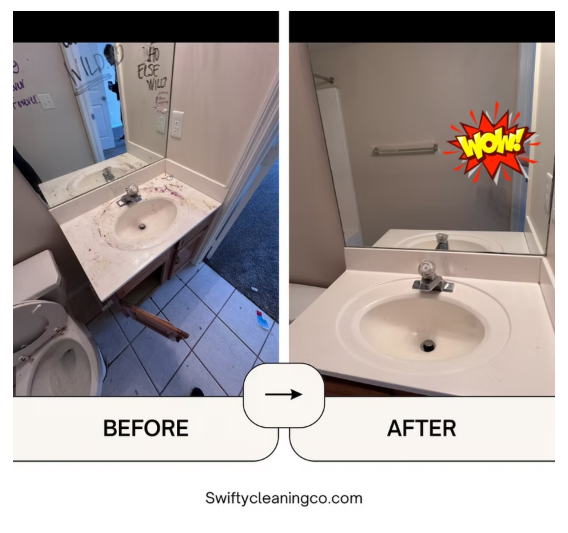Understanding Viscose Rugs: Are They Worth It?
- swiftycleaningco
- Apr 8
- 3 min read
Updated: Aug 1
What Is Viscose (Rayon)?
Viscose is a man-made fiber derived from natural sources, including wood pulp, bamboo, or cotton waste. Although the base material is organic, it undergoes extensive chemical processing to create threads that resemble the smooth, glossy texture of silk.
You may also see viscose rugs marketed under various names, such as:
Rayon
Art silk (short for artificial silk)
Bamboo silk
Banana silk

All these names refer to the same basic fiber: viscose. It’s an imitation of real silk, chemically engineered to mimic its appearance.
Why Are Viscose Rugs So Difficult to Clean?
As professional rug cleaners, we always want to be transparent with our customers: viscose rugs are incredibly delicate. While they may look elegant, they’re among the most fragile and high-maintenance rugs available.
Here are some reasons why:
1. Weak Fibers
Wool fibers can bend up to 20,000 times without breaking. In contrast, viscose can only withstand about 70 bends. This weakness means that every step, vacuuming, or cleaning pass can slowly break the rug down, leading to fuzzing, shedding, and bald spots.
2. Extremely Absorbent
Viscose acts like a sponge. It absorbs moisture quickly, making it prone to browning, water stains, and discoloration—especially after spills or cleaning.
3. Chemical Sensitivity
Even gentle cleaning solutions can cause damage, leaving hard water rings, changing the texture, or fading the color.
4. Texture Distortion
Viscose rugs often lose their soft, silky feel after cleaning. The fibers may stiffen, curl, or become brittle over time, which alters the rug's overall look and feel.
So… Are Viscose Rugs Bad?
Not necessarily; they just come with limitations. If you’re placing a rug in a low-traffic area, can manage extra maintenance, and love that shiny, silk-like look, viscose might still be an option. However, if you expect the rug to last for years or handle regular cleaning like wool does, it’s essential to set realistic expectations.
What Rug Materials Hold Up Better?
If you’re seeking something durable, comfortable underfoot, and easy to clean, consider these better-performing alternatives to viscose:
Wool Rugs
Extremely durable and naturally stain-resistant.
Can bend an impressive 20,000 times without breaking.
Ideal for high-traffic areas.
Holds up well to professional deep cleaning.
A great long-term investment for homes and businesses.
Silk Rugs
Best suited for decorative or low-traffic spaces.
Offer luxurious and detailed designs.
Should only be cleaned by professionals.
Genuine silk is stronger than viscose, despite being more delicate.
Synthetic Rugs (Polypropylene, Nylon, Polyester)
Budget-friendly and suitable for homes with kids or pets.
Very durable and straightforward to clean.
Ideal for high-use spaces like playrooms or basements.
While they lack the luxury feel of wool or silk, they hold up well over time.
Choosing the Right Rug Material
Before purchasing a new rug, consider where you plan to place it. High-traffic areas need durable materials, whereas decorative spaces allow for more delicate options. Selecting the right rug material will enhance both the beauty and longevity of your investment.
Final Thoughts: What to Know Before You Buy (or Clean) a Viscose Rug
If you’re shopping for a rug or wondering why your current one isn’t holding up, it's worth checking the label. If it's viscose or rayon, it will require extra care. Even with professional cleaning, results can vary.
Our goal is to set honest expectations and help customers understand why some rugs clean up beautifully while others do not. When it comes to value, longevity, and overall performance, wool rugs remain one of the best choices.
Got a viscose rug and unsure what to do with it?
Reach out to Swifty Cleaning — we’re here to help.
Contact Us for Best House & Carpet cleaning service in Dayton, OH
Company Name: Swifty Cleaning
Address: 96 Westpark Rd Unit E, Dayton, OH 45459, United States
Phone: +1 937-829-4816
Google Business Profile: Click Here






Comments